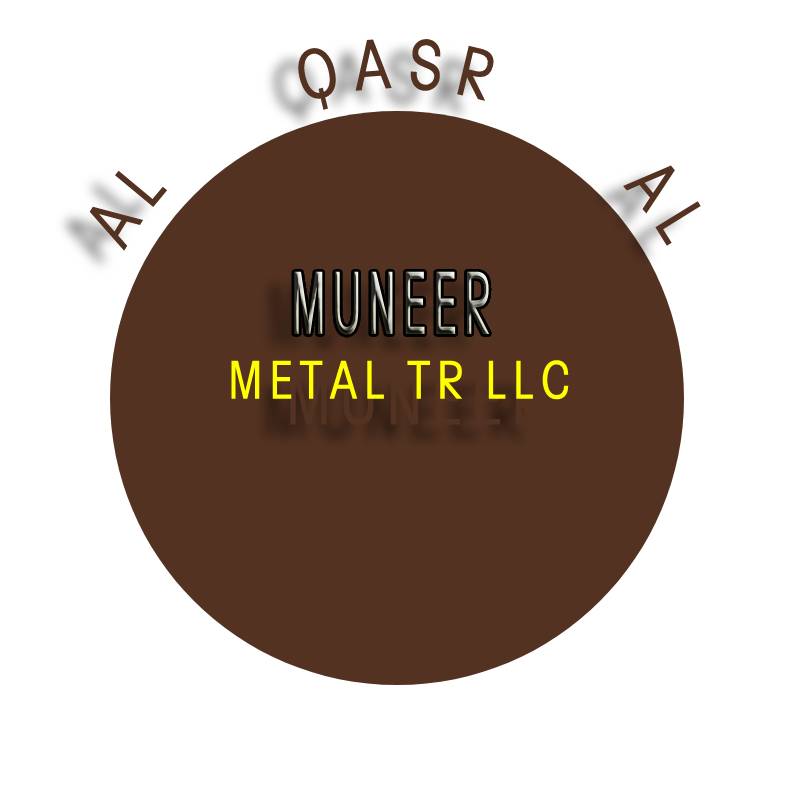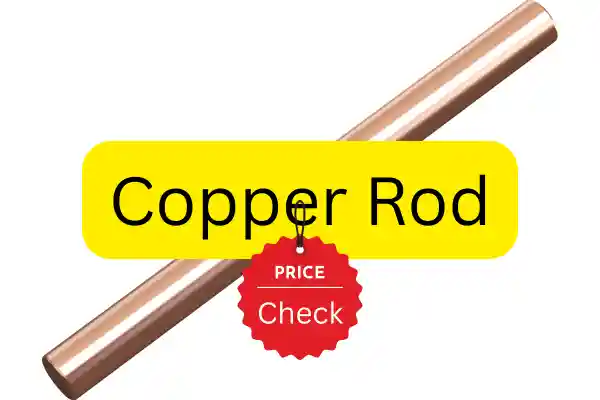Copper Rod: Meaning, Uses, and Importance in Everyday Life
Cuprum is one of the oldest and most reliable metals known to mankind. Among the various forms in which cuprum is used, the copper rod holds a unique and highly valuable place. It serves as a foundation for countless applications in modern life, from household wiring to industrial manufacturing. Understanding what a rod of copper is and how it is used can help us appreciate its silent yet significant presence in our daily lives.
What Is Cu Rod?
Cu is the chemical formula for copper in chemistry, representing copper element symbol with atomic number 29, derived from cuprum a Latin name for copper . A cuprum rod is a solid cylindrical piece of Cu metal. It is produced mainly through processes like continuous casting and hot rolling. These rods come in different sizes and diameters, depending on the need.
Some rods of cuprum are made of pure copper, especially Electrolytic Tough Pitch copper, known for its high electrical conductivity. Others may contain slight alloying elements to improve strength. These rods are known for their flexibility and ability to be drawn into wires or formed into various components.
They are valued for their strength, corrosion resistance, and excellent performance in electrical and thermal applications. The manufacturing rods of Cu is a critical step in copper processing, as it converts raw copper material into a usable form for various industries.
What is copper used for
The rod plays a central role in several areas of everyday life. In the electrical industry, it is the backbone of power transmission. These rods are drawn into fine copper wires that are used for residential, commercial, and industrial electrical systems.
Due to its high conductivity, these wires ensure efficient electricity flow with minimal energy loss. Whether it’s lighting, appliances, or telecommunications, copper rods are behind the seamless supply of power.
In plumbing, these rods are used to create copper pipes and fittings. They are widely appreciated for their resistance to rust and ability to maintain water quality. Many households use copper for plumbing because it is safe, durable, and long-lasting. It is common to find pipes behind walls and beneath floors, silently transporting clean water throughout homes.
The heating, ventilation, and air conditioning industry also relies on copper rods. These rods are transformed into coils and tubes that are crucial for regulating temperature in appliances like air conditioners and refrigerators. Thanks to the rod’s excellent thermal conductivity, heat is efficiently transferred, ensuring cooling systems function optimally.
In the automotive sector, these are used to manufacture components that require both strength and conductivity. Parts such as alternators, starter motors, and battery cables are made from material of copper rod. As vehicles become more advanced, particularly with the rise of electric cars, the demand for such rods continues to grow.
These rods are equally essential in construction. They are used for grounding and earthing systems in buildings, which are critical for electrical safety. By directing excess electricity safely into the ground, copper rods help protect buildings and their occupants from electric shocks or fire hazards.
In industrial settings, these rods are shaped into various machine parts, bearings, and molds. Their high durability and resistance to wear make them suitable for heavy-duty applications. Manufacturing sectors that require high-precision components often rely on them to meet their material standards.
Why Copper Rods Are Important
The importance lies in its unique combination of physical and chemical properties. Its ability to conduct electricity better than most metals makes it indispensable in power systems. Its resistance to corrosion ensures that it lasts for decades, making it cost-effective in the long run. Its flexibility and ductility allow manufacturers to shape it according to specific industrial needs.
Another key factor is sustainability. These rods can be recycled repeatedly without losing quality. This makes them an environmentally friendly option, reducing the need for continuous mining and minimizing waste. As the world turns to greener technologies, such as solar panels and electric vehicles, they are playing an increasingly vital role in building a sustainable future.
They also holds economic value. It is a product traded in global markets and supports employment across various sectors including mining, metallurgy, manufacturing, and construction. Developing nations, in particular, benefit from copper rod production and exports as part of their industrial growth.
Conclusion
In today’s fast-paced and technology-driven world, these remains a silent contributor to progress and comfort. Whether it’s powering homes, supplying water, supporting vehicles, or enhancing machinery, it is everywhere. It combines functionality, durability, and sustainability, making it one of the most valuable materials in both domestic and industrial settings. Its continuing relevance across industries makes it not just a metal product, but a cornerstone of modern life.

